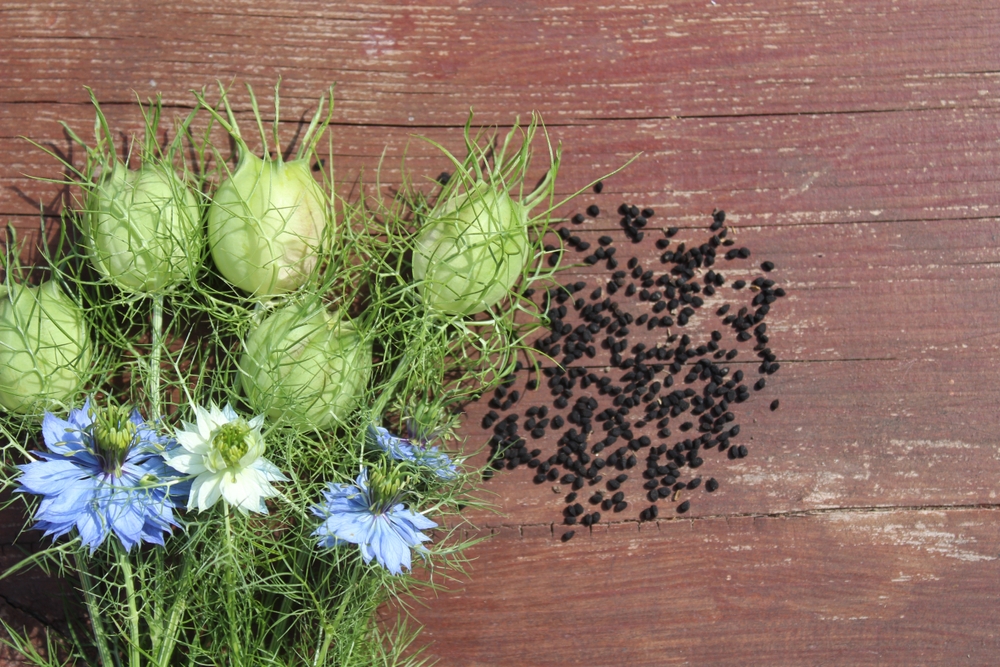
Photo Credit
LifeisticAC/Shutterstock
Subhead
Love in a Mist: The Flower with a Flair for Drama
Read Next
Types
- Nigella ‘Delft Blue’: named for Dutch Delft blue pottery; flowers have blue splashes on white petals and deep-purple centers; 18 to 24 inches tall.
- N. ‘Miss Jekyll’: soft blue, semi-double flowers; 12 to 18 inches tall.
- N. ‘Miss Jekyll Alba’: pure white, semi-double flowers; 12 to 18 inches tall.
- N. ‘Mulberry Rose’: deep pink flowers; 18 to 24 inches tall.
- N. ‘Persian Jewels’ series: double flowers in shades of lavender, light blue, mauve, purple, rose, and white; 18 inches tall.










Comments